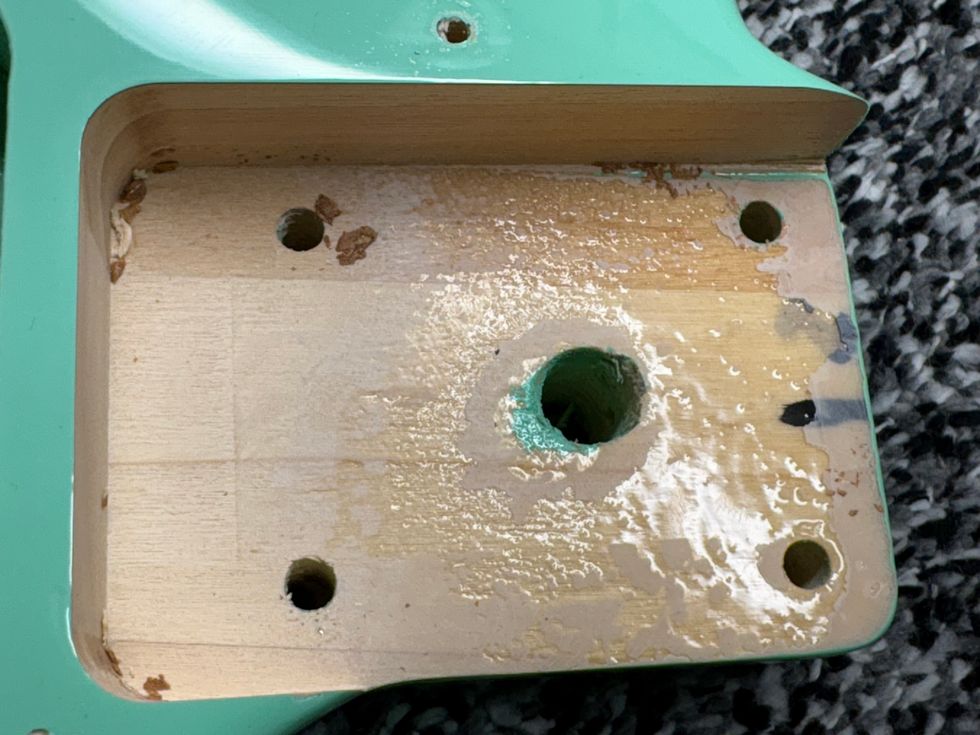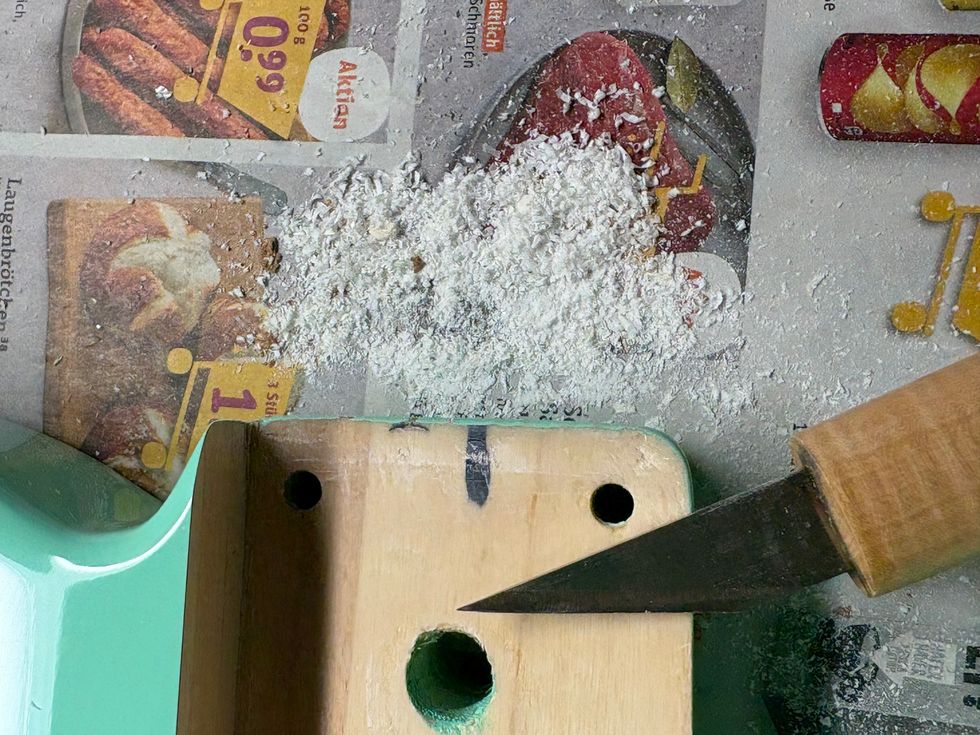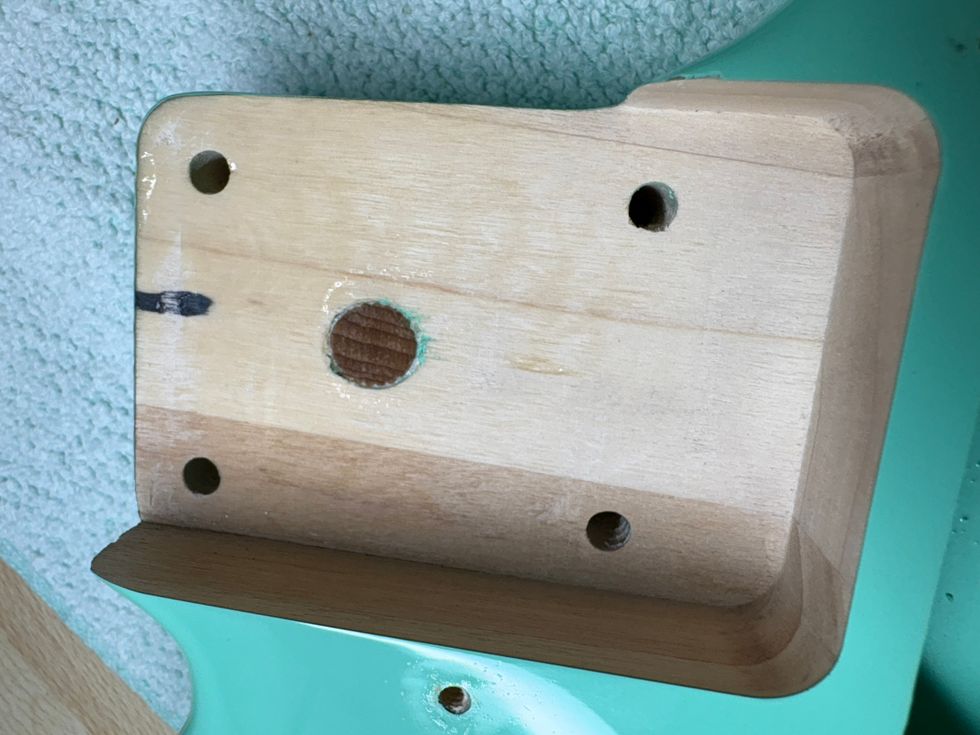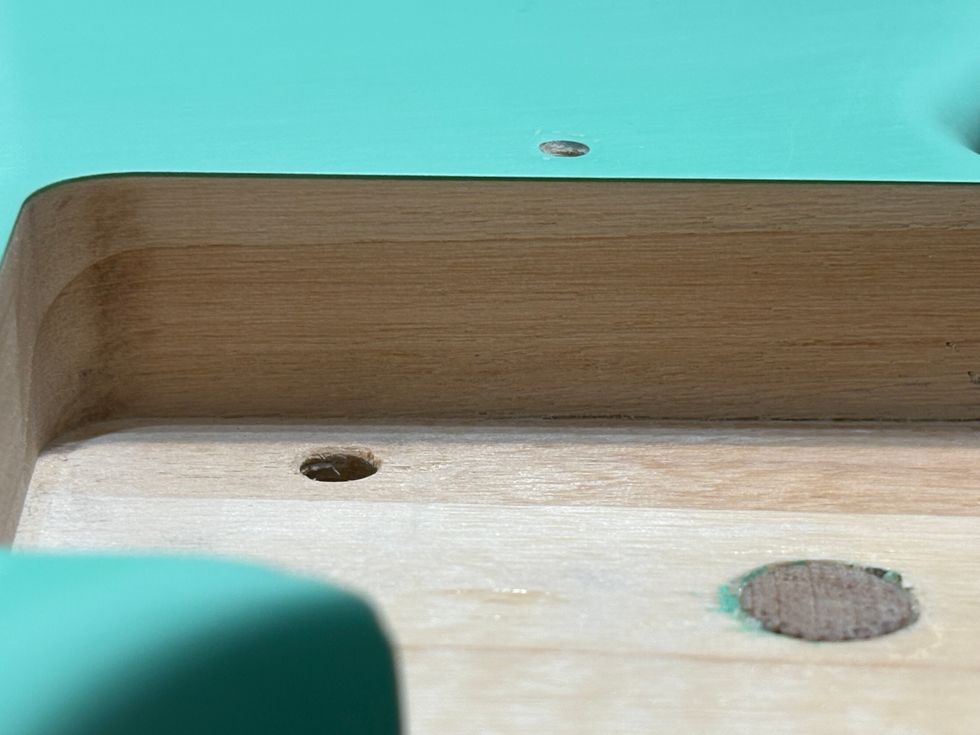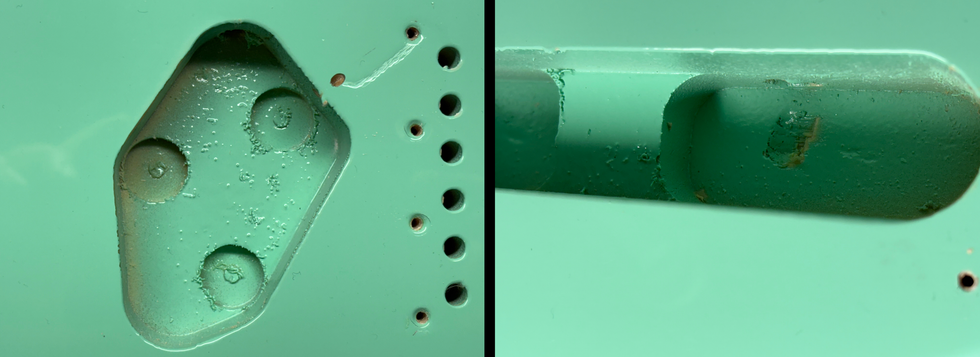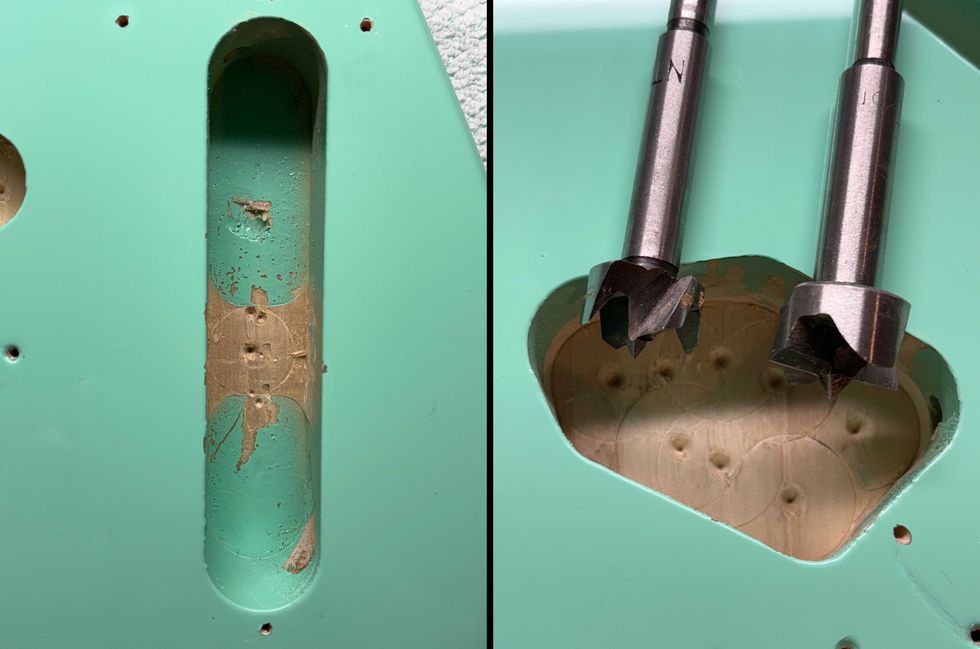I've been writing monthly for Premier Guitar for more than a year now, and since I began, one of the most common e-mails I've gotten goes something like this:
Dear Dirk,
I really would like to start doing some simple DIY stuff, but I don''t know where to start. What do I need, and how do I start soldering?
Love,
Premier Guitar Reader
In honor of Premier Guitar's DIY month, I think it's time to address the basics. My goal is to encourage as many of you as possible to try it out. This won't be a “how to solder: step by step" guide, as there are plenty of good ones available online already – this month''s Get Wired column, for example. What I do want to address is preparing for your first time soldering. Like playing music, if you start with the wrong tools, you will get frustrated. With the right ones, you will shine.
It is absolutely important for any serious musician to have basic soldering skills. It will help you in countless situations – building or repairing cables or changing a pot or a jack, for example – and will save you some money in the long run. In general, soldering isn't difficult, and is easy to learn. There are no mystical soldering secrets; it's more about practicing and honing your skills.
In a nutshell, soldering is a process in which two or more metal items are joined together by melting and flowing a filler metal into the joint. To start exploring the world of soldering, you don't need much, just a soldering iron, some solder and a few little helpers to ease the process.
You don't need the most high-tech soldering iron available – the cheapest one from Home Depot is good enough. The brand isn't important, it's the wattage, the solder, and the soldering tip that make the difference between a good and bad soldering joint.
I recommend using two different irons, depending on the work you'll be doing. For work inside a guitar or amp, a standard 30-watt soldering iron will do. For work inside stompboxes, PCBs and other tiny places, a smaller 15-watt iron is better. I use an Ersa 30 S and an Ersa Multitip C15. These are real workhorses and you can't go wrong with them.
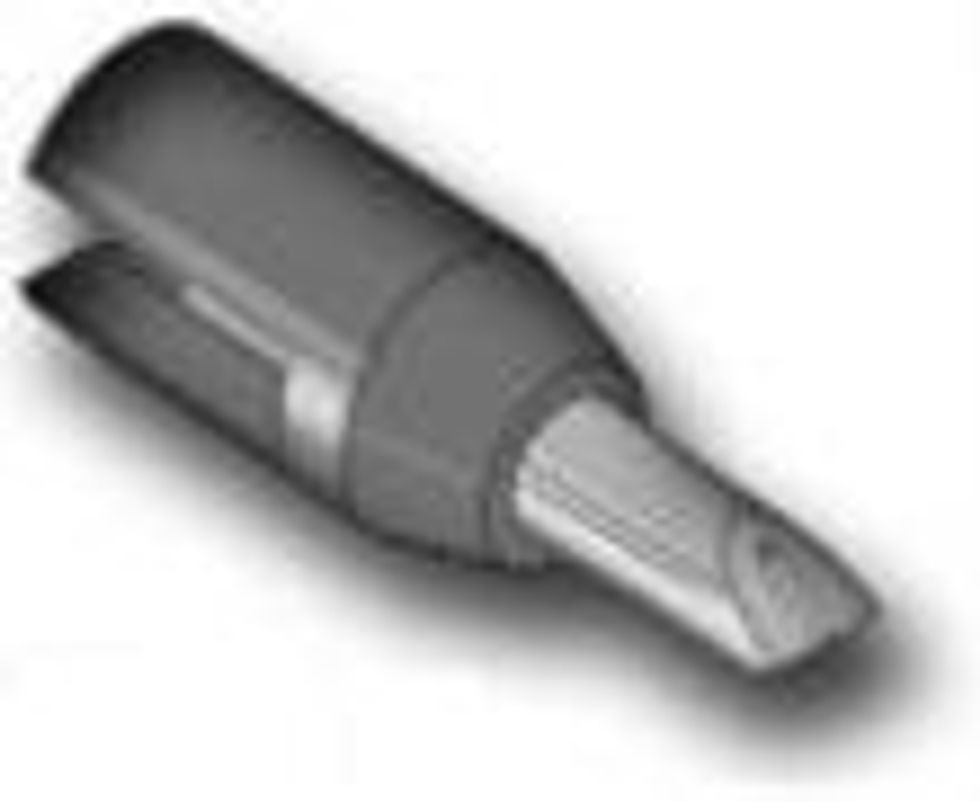
For guitar work, there is only one solder that works perfectly: rosin-flux cored solder (60/40 lead/tin). Never try to use plumbing or paste flux you might find in dad's garage.
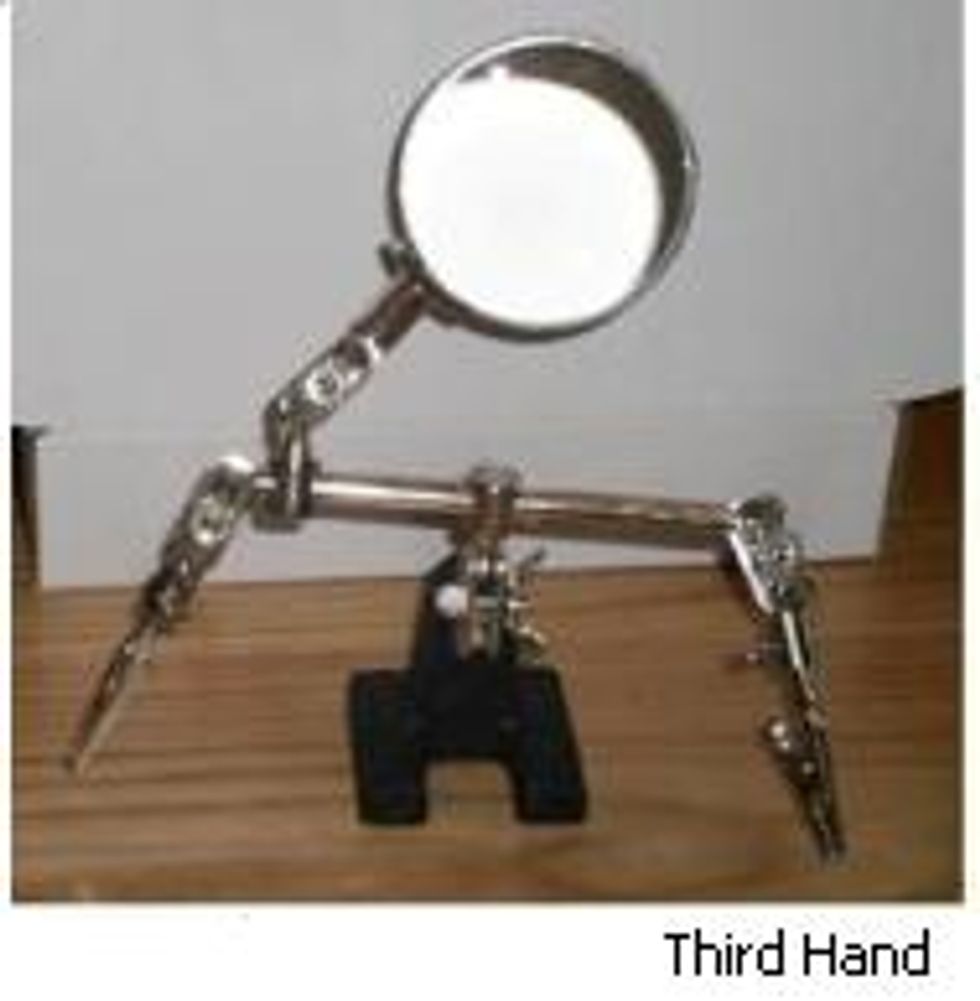
Now that you have all of your tools together, it's time to choose your first soldering victim. Don't start with expensive or heat sensitive parts; chances are good that you'll destroy them in your first attempt. I recommend getting some inexpensive pots, plugs, jacks and switches, because these are common guitar parts that won't cost too much if you destroy one. Stay away from 3PDT switches, however; they are expensive and not a good part to start with. You should also buy some standard cable and instrument cable and learn how to work with it so you can try to make a new guitar cable or solder cables to a pot.
I will pass the next step off to some great existing guides:
R.G. Keen''s Geofex Soldering Guide
Soldering Technique by Darron Thornbury (cool animation)
With these links and all of the additional information contained on those pages, you should be soldering in no time. Over time, you'll improve and you can start your own DIY projects. A true-bypass or A/B box is a great first project – but only after you've honed your skills on junk pots and switches. Hopefully I've encouraged you to start soldering a bit – see you next month!
Dirk Wacker has been addicted to all kinds of guitars since the age of 5 and is fascinated by anything that has something to do with old Fender guitars and amps. He hates short scales and Telecaster neck pickups, but loves twang. In his spare time he plays country, rockabilly, surf and Nashville styles in several bands, works as a studio musician and writes for several guitar mags. He is also a hardcore DIY guy for guitars, amps and stompboxes and also runs an extensive webpage singlecoil.com about these things.


















![Rig Rundown: Russian Circles’ Mike Sullivan [2025]](https://www.premierguitar.com/media-library/youtube.jpg?id=62303631&width=1245&height=700&quality=70&coordinates=0%2C0%2C0%2C0)

